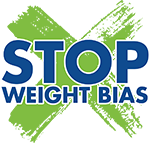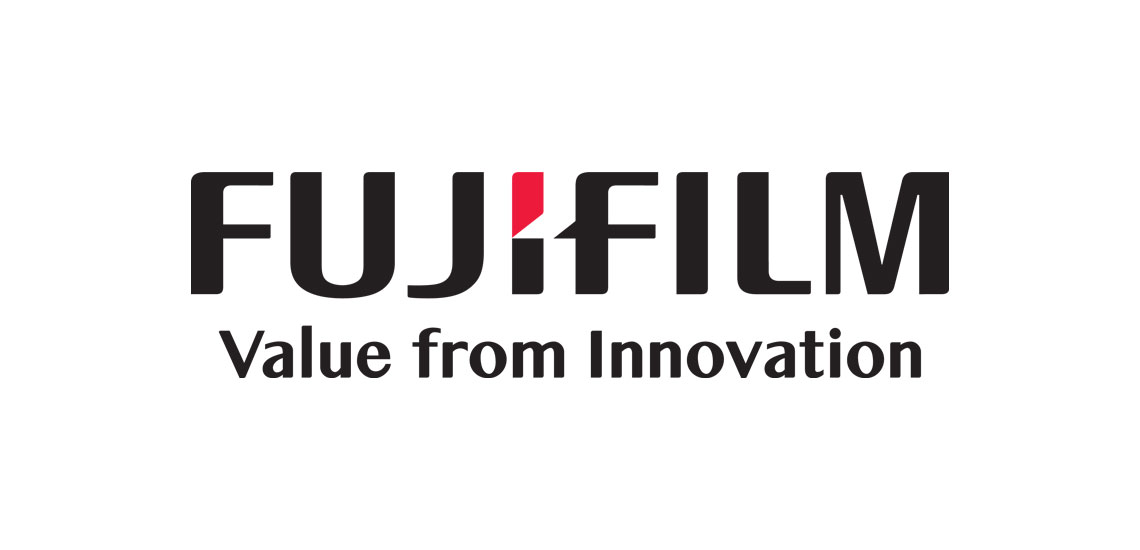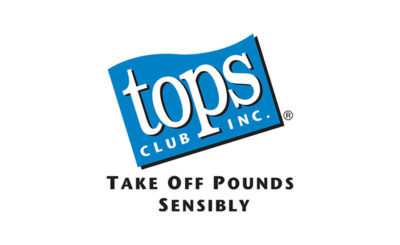 Please tell us your name, title and what your area of focus is at your company.
Please tell us your name, title and what your area of focus is at your company.
Tracy Ricchiuto, Product Manager in Radiology. Some of my areas of focus at Fujifilm are around our MRI equipment demonstrating its features and benefits to medical providers, training our internal sales teams, education at tradeshows, assisting in a new product launch, creating content for brochures, website, and social media for our imaging equipment.
Why did your company support the Stop Weight Bias Campaign?
Fujifilm supports the Stop Weight Bias Campaign because many patients do not have access to properly sized diagnostic radiology equipment (CT imaging or MRI imaging). We know of patients that have gone for imaging and are told they do not fit in the centers scanner. The patient is then left to search for an imaging center which can accommodate them. Fujifilm’s MRI and CT imaging equipment is designed around patients with obesity. Weight stigma exists even in healthcare which can cause a patient to avoid going for an exam. Fujifilm is a global company who wants to see all patients get the imaging they need.
Why does your company feel weight bias is a priority for people affected by obesity?
Weight bias is a priority for people affected by obesity with Fujifilm because no one should have to delay their diagnostic imaging needs by searching for appropriate sized equipment hence slowing their treatment plan. At Fujifilm we want to improve equality in patient care for people affected by obesity. Any patient, regardless of their weight, should have access to the right imaging equipment in their community.
What do you feel is the MOST influential reason that weight bias exists in today’s society?
The most influential reason that weight bias exists today I believe is because unlike race, gender or age, people think weight is largely under the individuals control. They ignore the genetic, socioeconomic and environmental factors the individuals face.
What would you tell someone that has been impacted by weight bias?
What I tell those I know that have been or are impacted by weight bias is to stop the person doing the labeling from repeating the offense. Taking the person aside and letting them know their weight bias hurts just as other forms of discrimination does. The woman in my life have been more discriminated than the men by their weight. I encourage them to surround themselves with positive affirmations. Contrary to what others think, calling out their weight does not encourage them to improve their lifestyle but leads them to have more stress or depression. Having been impacted by weight bias as a youth, I now lead others by making healthy choices in my life and let them know I am here to talk to at any time.
What else does your company do to help stop weight bias both internally and externally?
Training healthcare professionals about weight bias is paramount to help stop weight stigma. Fujifilm works to improve the barriers patients living with obesity face. We have designed our imaging equipment around patients of all body types. Internally we have trained our employees to speak with people first language. When we are speaking to customers we want to be sensitive of all patients. Healthcare workers who are more knowledgeable and compassionate about weight can ultimately lessen the effects of weight bias.
Throughout your time working in obesity, do you feel weight bias has gotten better or worse, and why?
In working in obesity I feel weight bias has stayed the same. The awareness of obesity as a disease has grown but the bias still exists. Weight bias perpetuates the idea thinner bodies are more disciplined or worthy of more attention, which is simply not true.
What’s the one thing that you think people could do today to help stop weight bias?
Tough question, but start with state wide programs bringing awareness to obesity as a disease.
Are there any initiatives that your company works on for people with obesity that you would like to share?
Fujifilm partnered with the Obesity Action Coalition (OAC) to understand how radiology imaging equipment design and features affect patient accommodation.
Is there anything else you would like to share with us?
When you need to have an MRI or CT exam, the last thing you think is “will I fit into the scanner?” Even worse is to prepare yourself, drive there, change your clothes and then have the technologist say you are too big for their MR/CT scanner. Apologizing, they say, “You can try the Zoo.” As a person you walk out of their office humiliated; as a patient, you walk out of their office frustrated – now you have to start over and search out a location that will accommodate your body habitus.
In 2013, the American Medical Association (AMA) recognized obesity as a disease for the first time in the AMA’s history. While the number of individuals affected by obesity disease continues to rise, and the nation’s largest association of healthcare professionals have begun to recognize obesity disease as a serious issue, not all providers have the proper sized imaging equipment to accommodate their patients.
Fujifilm has designed their MRI and CT scanners thinking of the vast differences in body habitus. Every patient deserves to have the imaging he/she needs and not have to search for a location. Having the right equipment positively affects the patient volumes of a practice, translating to an increase in revenue. Fujifilm’s MR/CT radiology portfolio includes:
- Echelon Oval – with the widest 1.5T MR opening in industry at 74cm wide and a table width of 63cm
- Oasis – the only 1.2T High Field Open MR and has a table capacity of 660lbs and table width of 82cm
- Scenaria View – with an 80cm wide CT aperture – 10cm larger than a traditional CT
To learn more about the design of radiology equipment and its importance for imaging patients with obesity disease read the whitepaper here.





